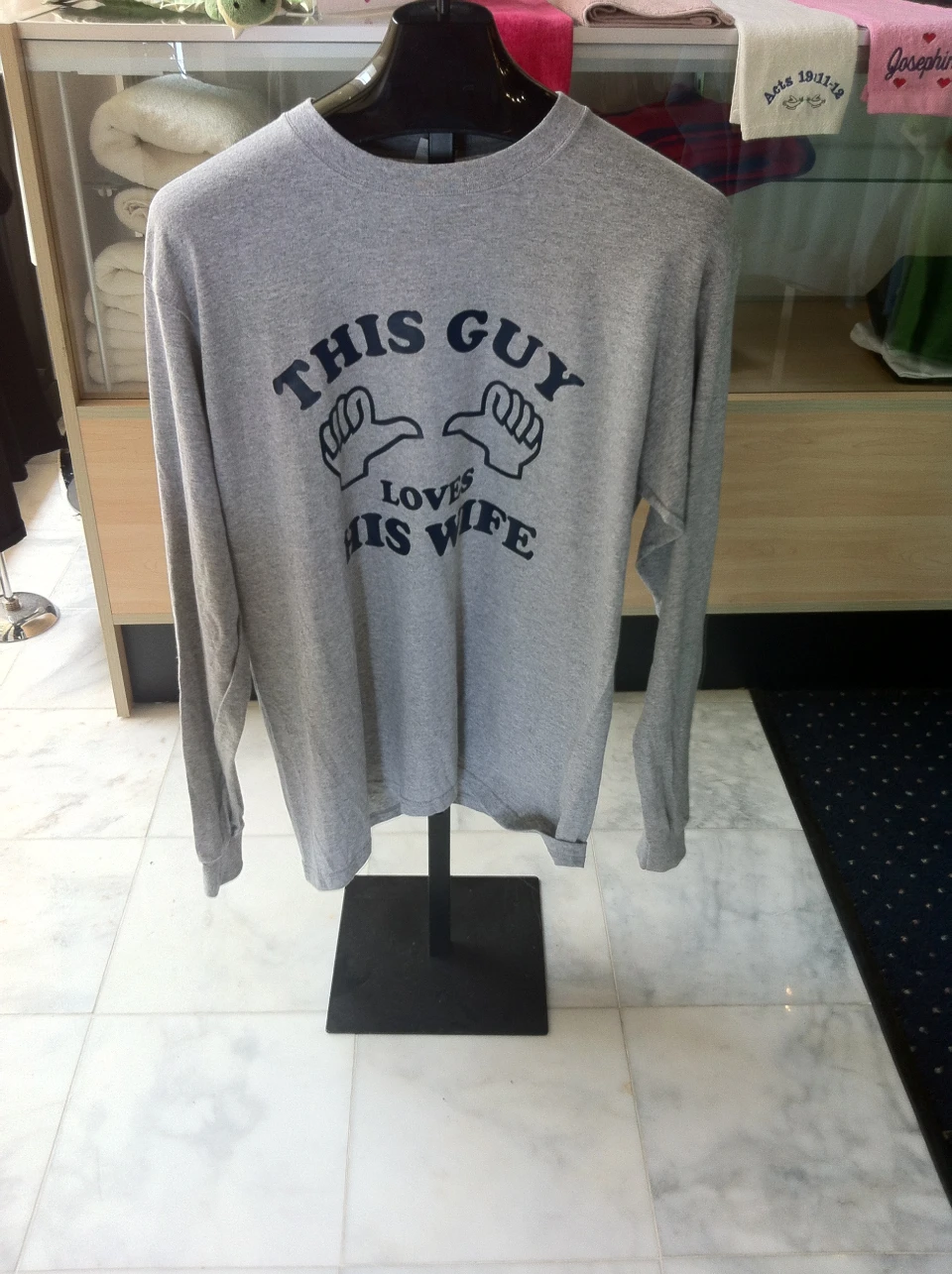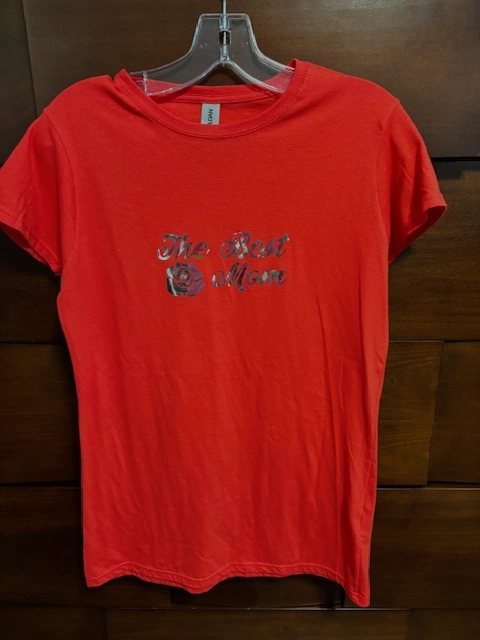Personalized School Uniforms with High-Quality Embroidery Solutions
Personalized School Uniforms with High-Quality Embroidery Solutions
Blog Article
The Art of Customized Needlework: Unlocking the Secrets to Creating One-of-a-kind and Unforgettable Designs
Embroidery, a craft soaked in practice and artistry, holds within its detailed stitches the power to change material right into a canvas of unique expression. The keys to creating custom embroidery styles that astound the eye and leave a long lasting impression depend on a fragile equilibrium of technique, creativity, and focus to detail. As we look into the globe of custom-made embroidery, we discover the nuanced interaction between string option, stitch intricacy, and layout personalization that elevates a mere garment to an artwork. Join us on a journey with the art of custom-made embroidery as we unwind the mysteries behind crafting truly extraordinary and unique productions.
Choosing the Right Needlework Threads
When choosing embroidery strings, what crucial aspects should you consider to make sure the very best outcomes for your customized designs? The option of embroidery thread is important in determining the final result of your embroidered layout. One of the primary considerations is the product of the thread. Different products such as cotton, polyester, rayon, and silk provide varying degrees of sheen, toughness, and appearance. It is important to pick a string product that matches the fabric you are stitching on and straightens with the wanted appearance of the design.
Moreover, the weight or density of the thread plays a substantial role in the appearance of the embroidery. Thicker strings can include dimension and structure to your layout, while finer threads are suitable for complex information and small message. In addition, considering the color fastness and washability of the string is essential to make sure that your customized layouts preserve their top quality and vibrancy over time. By thoroughly examining these factors and selecting top notch strings that satisfy your particular needs, you can improve the visual charm and durability of your embroidered creations.
Discovering Different Stitch Strategies
To explore the world of 'Discovering Different Stitch Strategies', one have to grasp the complexities and nuances that each stitching approach offers the art of embroidery. Different stitch strategies not only add visual interest however likewise add to the general appearance and measurement of the design. One prominent stitch method is the satin stitch, which involves carefully packed parallel stitches to create a smooth and shiny surface, ideal for completing forms and creating bold describes.
On the various other hand, the backstitch is a versatile strategy typically used for describing and adding fine details. It includes stitching in reverse to create a solid line of needlework. Additionally, the French knot stitch adds a responsive element to layouts, best for developing distinctive accents like flower facilities or decorative touches.
Checking out different stitch methods enables embroiderers to play with light, shadow, and deepness within their layouts, boosting the visual charm and artistic high quality of their embroidery jobs. By understanding numerous sewing approaches, one can unlock endless opportunities for creating distinct and unforgettable custom needlework items.
Incorporating Personalized Layout Aspects
Having checked out the complexities of various stitch techniques such as the satin stitch, backstitch, and French knot, the focus now moves in the direction of including customized style elements in personalized embroidery jobs. Personalized design elements play a critical role in making needlework projects really unique and remarkable. One method to incorporate customization is by including initials, names, or considerable days to the style. This not only includes a tailored touch but likewise enhances the nostalgic worth of the needlework piece.
Another way to include tailored design aspects is by consisting of icons or concepts that hold special meaning to the recipient or mirror their rate of interests and individuality. For instance, integrating a favored blossom, animal, or hobby-related sign can make the embroidery design extra significant and customized. Additionally, choosing colors that reverberate with the recipient or align with the designated style can even more boost the personalization of the embroidery job.
Mastering the Art of Color Coordination

One key aspect of shade coordination is understanding shade theory. This consists of recognizing exactly how different shades connect with each other, the feelings they convey, and how they can be integrated to produce aesthetically appealing styles. By applying shade theory concepts, embroiderers can produce harmonious shade combinations that enhance the total look of the layout.
Additionally, focusing on comparison is important in color sychronisation. Utilizing contrasting colors can help certain elements of the layout pop, enhance clarity, and develop an aesthetically dynamic embroidery item. By understanding the art of shade coordination, embroiderers can boost their designs and produce remarkable pieces that reverberate with clients and visitors alike.
Enhancing Appearance With Advanced Embroidery Stitches

French knots, for example, are ideal for adding tiny, raised dots to your style, imitating the appearance of grains or producing a textured surface area. Bullion knots, on the other hand, can be made use of to produce twisted, ropelike aspects that add a lavish feeling to the needlework. Seed stitching involves tiny, scattered stitches that can fill out areas with a polychromatic texture, while turkey job produces fluffy, dimensional accents reminiscent of animal fur or vegetation. Trying out these sophisticated embroidery stitches enables you to press the borders of typical needlework and produce absolutely unique and visually enticing structures in your styles.
Conclusion
In conclusion, the art of custom-made needlework involves a combination of choosing the appropriate strings, checking out different stitch strategies, incorporating customized design elements, mastering color control, and boosting appearance with innovative stitches. By understanding and carrying out these essential aspects, embroiderers can develop special and memorable layouts that display their imagination and ability. Embroidery lovers can unlock the secrets to producing gorgeous and custom items that stand out and leave a long lasting impression.
Report this page